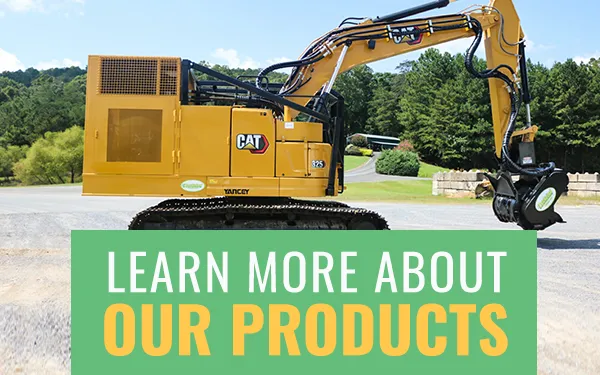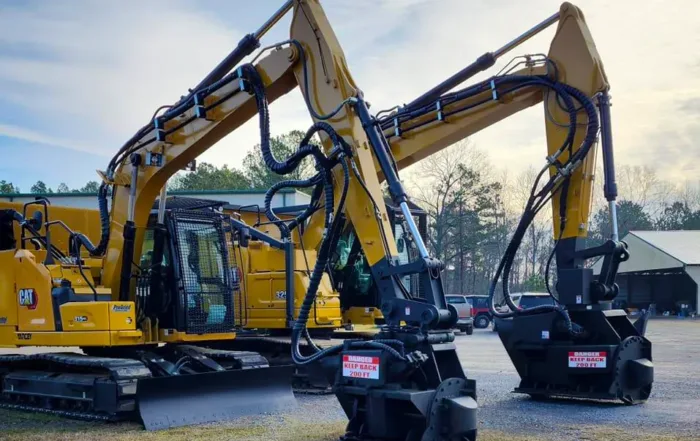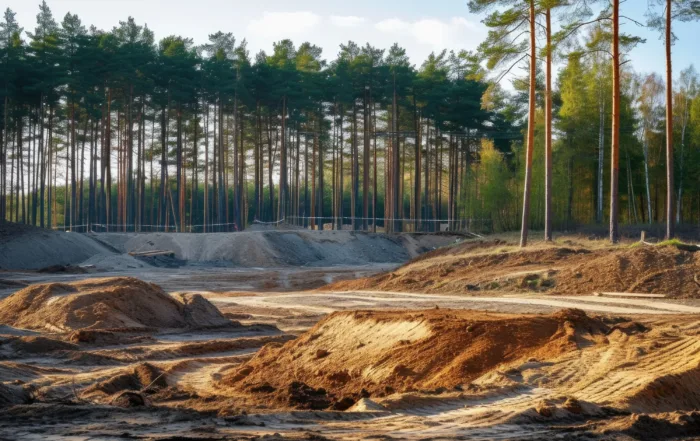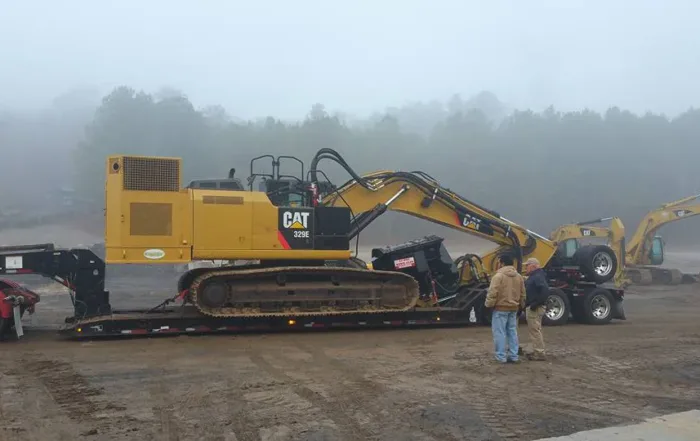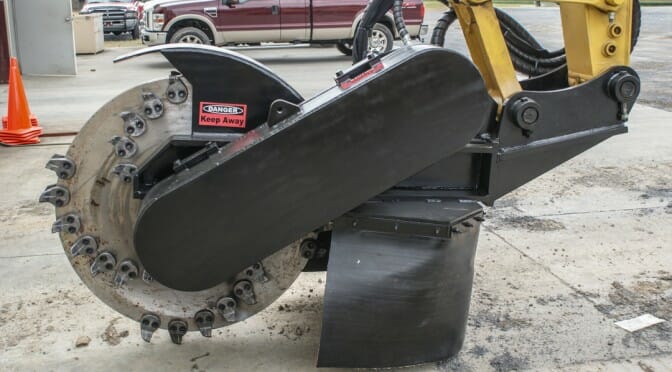
How Do Stump Grinder Excavator Attachments Work?
What to Look for in Your Next Investment
Stump grinders can be amazing assets for a company. The right excavator attachment can really make a difference in how quickly and effectively to handle the stumps covering the land and can increase the profitability of the equipment quite a bit.
The qualities to look for are power, strength, and reliability. Without these qualities, the stump grinder of choice won’t really move things along in your operations or get you the results you’re looking for.
If you’re also interested in finding out exactly how a stump grinder works, you’ve come to the right place.
How Is a Stump Grinder Used?
There are two types of systems: transverse-mounted and swing-arm style.
A transverse-mounted excavator attachment, the equipment uses its functions to work the cutting wheel and get it through the stump. First, the cutting wheel is pushed into the stump at its edge, after which the excavator is moved forward and back to move the wheel through the stump. You’d typically use a lower speed to have more control over the process and reach the depth you want.
As you might get just from this description, transverse-mounted stump grinders aren’t the best when it comes to minimizing turf damage, though the right technique can get the job done pretty well.
With the swing-arm stump grinder, you have a telescoping arm that changes the game. The process starts with the arm retracted and places the cutting wheel into the stump a few inches deep. The wheel is then further lowered into the stump, and the swing function moves it from side to side through it.
Then, the arm is extended and the process is repeated until you’ve reached the necessary depth. The wheels of the excavator never move, so you don’t need mats to protect the turf.
How far Down Can Stump Grinders Go?
The stump grinder should allow you to go as deep until there isn’t a trunk anymore, which can vary depending on the tree. Most stump grinders are designed to go lower into the ground, some as low as 18 inches.
What Happens to the Root Left Behind?
Some people worry that removing the stump without addressing the root can cause additional problems down the line. But, resprouts are highly unlikely. Tree roots cannot resprout after you’ve removed the stump. Instead, the root left behind will deteriorate over time by decomposing into the soil, so there’s no risk for sinkholes either.
Tree roots can be complex underground systems. Trying to remove them can disrupt a good portion of the land, which is already what you want to avoid by choosing a stump grinder instead of stump removal.
Final thoughts
Stump grinders have a fairly straightforward working process, and any decent one can get the job done pretty well. Industry-leading grinders set themselves apart by not just taking care of the stump, but also achieving it fast and without causing major disruptions to the site.
So when you look for a new excavator attachment, be sure to invest in quality!

